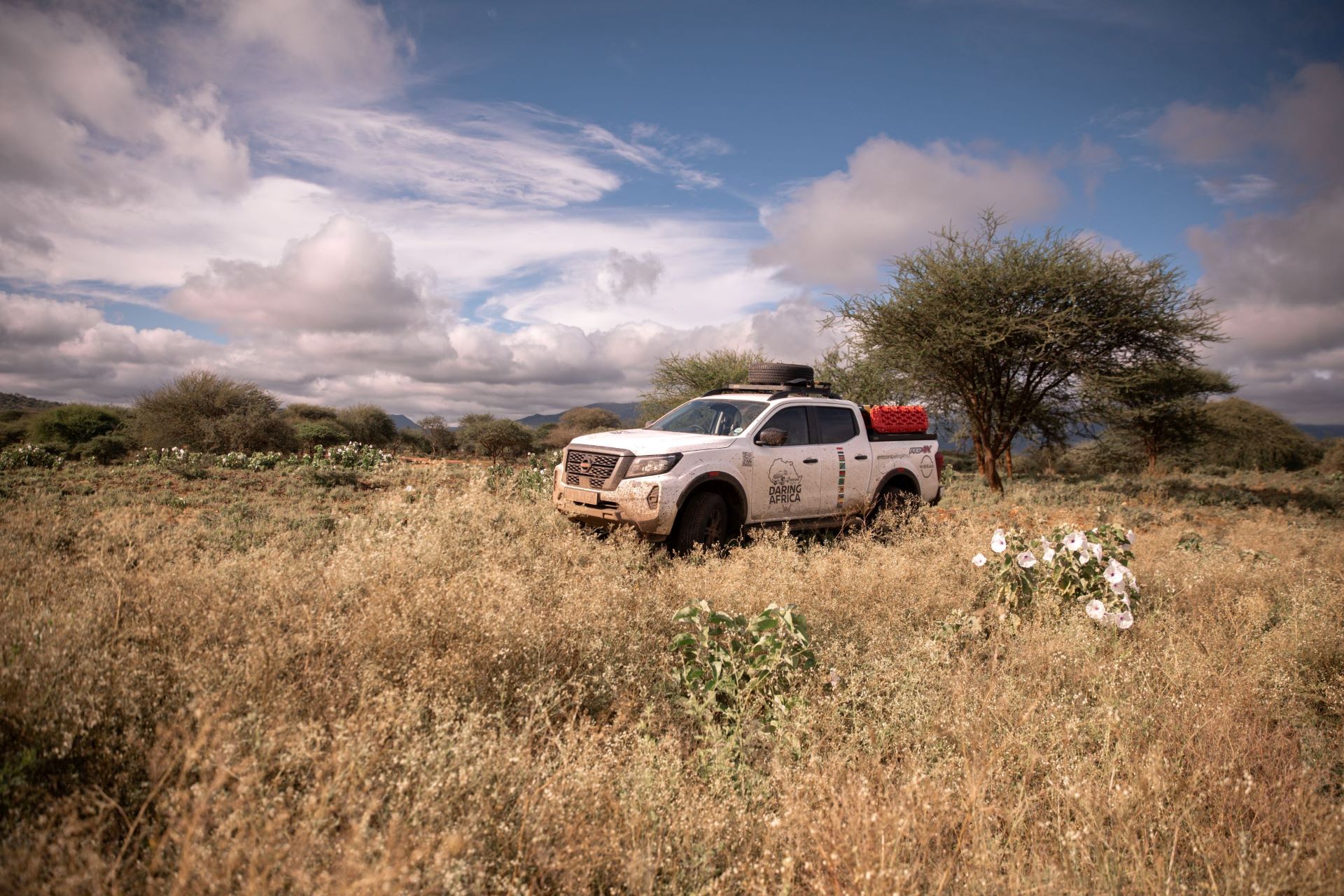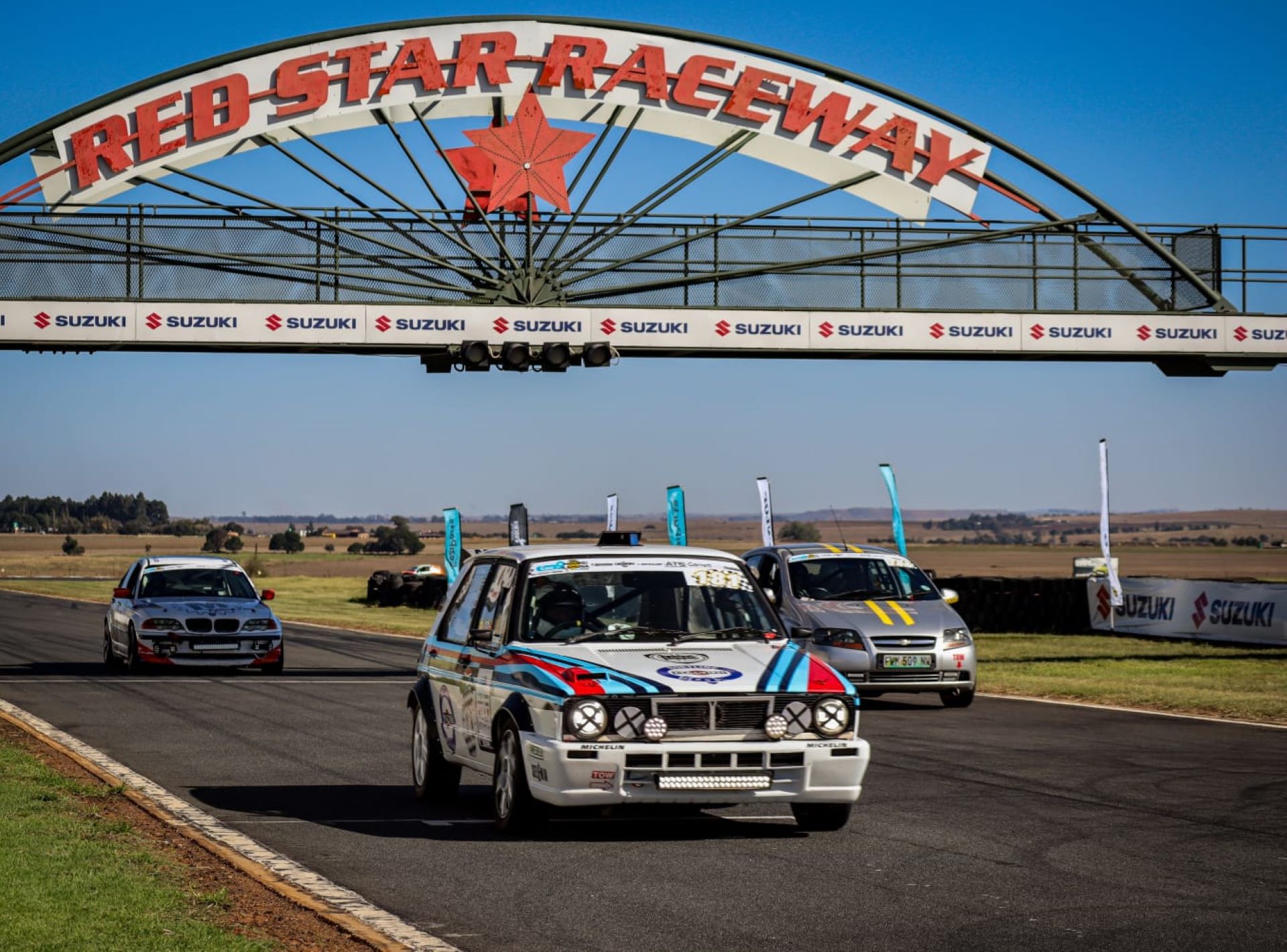What a difference a day makes. Yesterday was 42°C and the heat was over-powering. Today the mercury climbed to only 19°C, the rain was torrential and thunder and lightning echoed around the Salta bivouac.
It was the rest day at the Dakar Rally. Six days of competition completed in Argentina and seven more remaining, one in Argentina and six in Chile.
But nobody really rests at Dakar and Team Ford Racing’s mechanics braved the elements to give Lucio Alvarez and Ronnie Graue’s Ranger a thorough overhaul. We spoke with Neil Woolridge, team manager of Neil Woolridge Motorsport / Ford Racing, to learn what work was carried out and to reflect on the opening week of the world’s toughest motorsport event.
Q: Neil, can you outline what work has been done on the car today and why?
NW: Every single nut, bolt, component and part on the car has a kilometre life and many of those limits have been reached so we replaced those parts. With only one car still running, we have been more cautious and changed even more. It was our plan to change a large majority of the working parts – the gearbox, clutch, driveshafts and all the parts that have worked hard. We’re not allowed to change the engine, and we don’t need to, but the drivetrain parts needed replacing.
Q: Are you free to change anything on the car apart from the engine?
NW: We can change everything with the exception of the engine block. That must remain the same. We can open the engine and overhaul it if we want. The engine is sealed in our case because it is standard and we would require authorisation from the organisers to open it, but it’s in the rules to do that if necessary.
Q: So at the restart tomorrow it will be like a new car?
NW: Exactly. There is always a concern that the guys working on the car are tired, and everything must be replaced exactly the way it was in the workshop in South Africa. But they’re professionals and they know what to do.
Q: It sounds a labour-intensive job. How much work was involved?
NW: It’s straight forward work. It is part off, part on. It’s time consuming but not complicated.
Q: What are your impressions after the first six days?
NW: I was bitterly disappointed with the first three days. Chris (Visser) and Japie (Badenhorst) crashing was a huge blow to everyone, especially to them. The next biggest thing was the first day problems which put the whole team on the back foot. The opening day was supposed to allow us to ease our way into the event with a short stage, but we ended up working until 2 am recovering and repairing the vehicles and everyone was under immense pressure. During the last three days we saw the way the car should perform and I think it can be even better. I’m very happy with the performance. I’ve seen room for improvement but everything we’re doing is working properly now.
Q: Is it fair to say that you can test as much as you like, but it’s only in the heat of competition you find what works well and what could have been done differently?
NW: One hundred per cent right. We can test and test but we have to do races, and more importantly for us in South Africa, we have to do long distance desert-type races in severe heat, in dunes and along dry river beds. A day’s testing is good but not enough. It comes down to budget but if we are to go forward with the Ranger project, we must do more races.
Q: How much of a blow was it to lose the MAN 4×4 T4 race truck a couple days ago in terms of offering support in the stages should Lucio need it?
NW: The truck had to retire when a low-cost pressure pipe from the diesel pump to the injector broke. That was a serious blow because the T4 truck along with the crew, the entry and fuel was expensive. The main role of the race truck is to provide fast assistance on the Dakar route, as it follows the same path as the race cars. It carries essential spares and one of our mechanics so if Lucio and Ronnie experienced any problems on the stage they could make the repairs and get them going again. It was Lucio’s safety net and now it has gone.
Q: Is it possible to place parts that would have been carried on that vehicle in another team’s truck?
NW: Definitely. More than half the cars have retired and other teams using T4 trucks may only have one car running like us, so hopefully they will have space. The Road to Recovery team has offered to help so it’s not the end of the world, but it’s not ideal. You always want your own truck with your own people doing what you want.
Q: You can’t put as much in another team’s truck as your own, so what key parts would you like to have carried?
NW: Any of the parts that are going to stop the car. We’re not worried about a fender or windscreen or wiper motors. The key things are alternator, gearbox and driveshaft – things that are not carried on the car but can stop it.
Q: You have driven Dakar yourself, so how tough is this year’s event?
NW: I did Dakar twice in Africa and I think the Dakar in South America is easier. But it’s still a very hard event. The terrain is tough, but it’s more the distance and the lack of sleep. Dakar is fine when everything is going well but it’s when something goes wrong that it catches you out.
Q: But there have been more retirements this year?
NW: I think it’s mainly because of the rocky conditions. The dunes are tough and people roll out, but the rocks catch you out and break the car. It has also been very hot this year, more so than in other years.
Q: Looking ahead to next week, the rally heads over the Andes into Chile for the big desert stages. How hard will that be compared to the first week?
NW: I hope it plays into our hands. Lucio is known as a dune specialist so the more sand the better. We know the Ranger works well in sand so I’m looking forward to it. It won’t be as rough on the suspension but it will be taxing on the engine. We need to put caution first. I’d give everything to get a stage win but we must make sure the car finishes.





